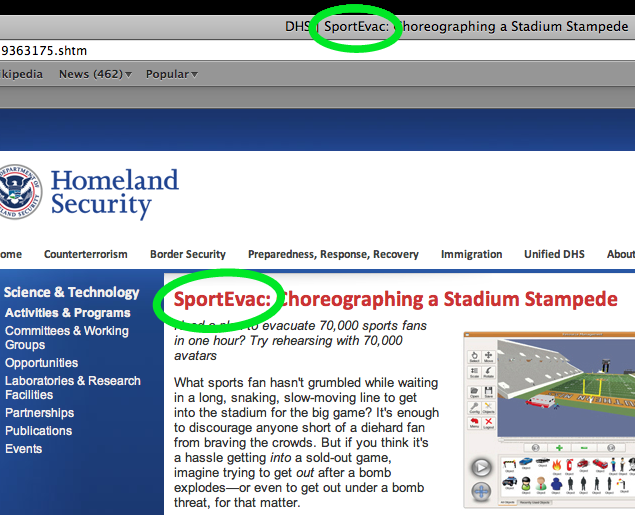“We’re gonna make your logo pop! We’re gonna make the IPREX globe spin! And we’re gonna make the buttons beautiful!”
“A button can be beautiful?” asked a skeptical Susan.
“Oh yeah!” beamed a confident Jesse.
It was at this moment that Jesse had Susan. He’d been muddling through the meeting, but this burst of bravura, energy and passion was sincere and infectious—a gust of fresh wind that I believe won him the contract to redesign SusanDavis.com.
Similarly, when I myself interviewed with Susan, things coasted along for the first 15 minutes. She asked about my experience; I provided conventional answers. Then she deployed her pet question: “If you were an animal, what would you be?”
“That’s easy,” I grinned. “I’d be a dog.” It was at this moment that I had Susan. With great pride and obvious pleasure, I regaled her with stories of my miniature schnauzer, Wyatt.





